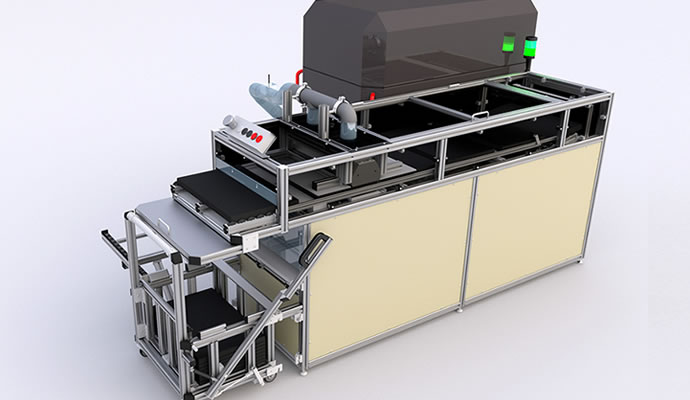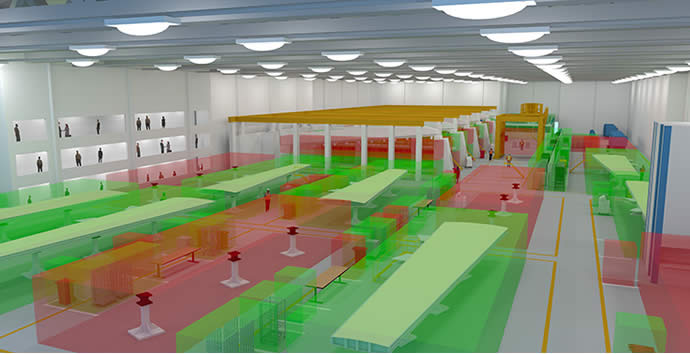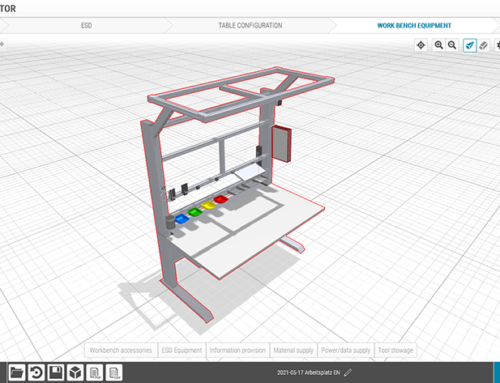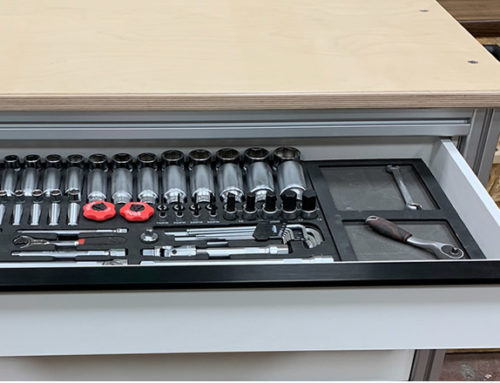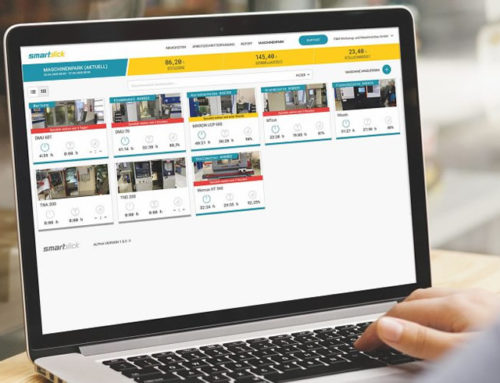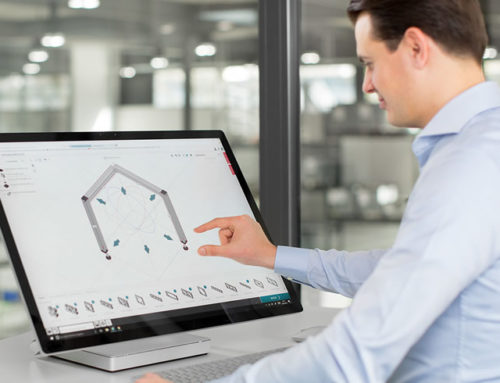The lean philosophy can do more than just boost efficiency in production.
We’ve already looked in detail at the principles of lean production, including issues such as 7 Muda, 5S, Just in Sequence and FIFO. Initially, we deliberately avoided an area that is increasingly coming into the spotlight – lean management. This is only right, because the fundamental thinking behind the lean method can also be applied to a company as a whole – with a few tweaks. However, there is some confusion about the terminology here – where does lean management end and lean production begin? Or should that be the other way around?
From lean production to lean management
The popularity of Toyota Production System (TPS) around the world is rightly seen as a success story. James Womack, Daniel Jones and Daniel Roos analysed the methods of the Japanese automobile industry and won them greater recognition through their book “The Machine that changed the World: The Story of Lean Production”. Since then, the successful principles of what has become known as the lean production method – avoiding waste, continuous improvement, valuing individual employees – have become standard in industrial production.
Once lean production had taken hold, it quickly became clear that these principles could also be used to optimise processes that are not directly linked to industrial production. This led to the wide-ranging discipline of lean management. After all, the drive to optimise processes by avoiding waste and continuously improve applies across the board. For lean management to be taken seriously, its principles must guide the entire company. The concrete aim is to improve efficiency while also cutting costs and tightening the focus on customers. In this sense, lean management can be seen as a corporate philosophy for all levels to live by, while lean production applies to the production halls in particular.
Lean management principles
Systematic lean management basically hinges on three principles:
1.) Continuous improvement
What is true for lean production is just as important for lean management – the continuous improvement process (CIP) defines everyday work processes. It has been adapted from the traditional Japanese attitude of “Kaizen” (Kai meaning “change”, and Zen “for the better”).
When applied to work and management processes, this has the following effects: It establishes a fault culture that is very different from the conventional approach. Errors are seen as a starting point for improvement rather than a mark of shame. The CIP never ends, since every process can always be further improved, and all that is required is a more detailed analysis. This should never be seen as a negative thing – quite the opposite. There is always potential to do better.
2.) Process orientation
The second pillar of lean management is process orientation. This means moving away from a department-based mindset – or silo mentality – and focussing instead on the actual process as a whole. This change in thinking can also be seen as a move from favouring specialist expertise to promoting interdisciplinary working. Taking a detailed look at processes also makes it easier to implement the CIP.
3.) Customer and staff orientation
Another key factor is focussed customer orientation – although no distinction is made here between internal and external customers. The same care needs to be taken whether making a delivery to staff in another department or processing an order for a new external customer. Levelling out rigid hierarchical structures also enables employees to become more involved.
Lean leadership
Flatter hierarchies, greater efficiency and an awareness of avoidable waste can quickly lead to tangible effects and act as a launch pad for lean management. The concept of lean leadership is also very useful as an ideal. This places greater focus on enabling staff, and displays remarkable overlaps with the progressive ideas of Henry L. Gantt. The entire company benefits when managers systematically work on improving their own skills and those of their team members. In the ideal case, this is the purest form of implementing the continuous improvement process.
Want to keep up to date with progressive production and management methods?
Then we have something that might just help – simply subscribe to the item blog by completing the box at the top right!
